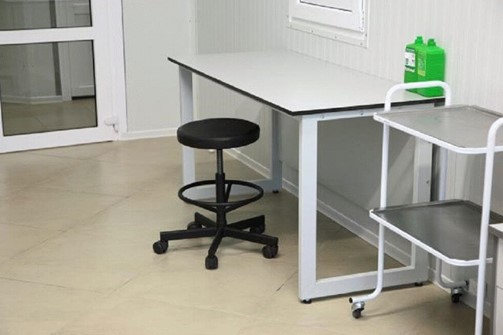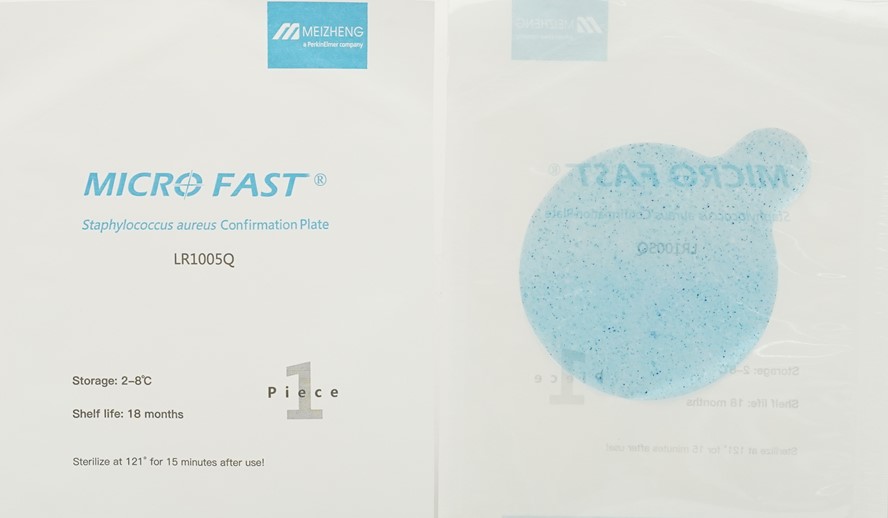The economic downturn in 2022 was less than during the pandemic
The real GDP of RUSSIA in 2022 decreased by 2.1%, follows from the first estimate of Rosstat. As early as January 17, Russian President Vladimir Putin stated that by the end of 2022, GDP is expected to decline by 2.5%. The Ministry of Economic Development in the September forecast, which formed the basis of the current federal budget, was guided by a reduction in the economy by 2.9%. As a result, the decline turned out to be less than in the pandemic 2020, when the economy, according to the first estimate, fell by 3.1%, but then the fall was revised to 2.7%.
What was the driver of the decline
In the context of industries, the most noticeable negative dynamics of gross value added was recorded in the manufacturing sector (minus 2.4%), wholesale and retail trade (minus 12.7%), the industry complex "water supply, sanitation, waste collection and disposal, liquidation pollution” (minus 6.8%). The Ministry of Natural Resources commented that the volume of waste disposal and processing of secondary raw materials decreased in 2022 amid sanctions that led to the disruption of the usual supply chains of equipment and materials.
In the trading sector, a significant share falls on the sale of natural gas. According to the NKR rating agency, the revenue of Russian gas producing companies in official statistics is taken into account precisely by the type of activity “wholesale trade”, and not “ oil and natural gas production”. The production of natural gas and gas condensate decreased by 1.9% in 2022, Rosstat reported earlier. This happened against the backdrop of a sharp reduction in purchases of Russian pipeline gas by the EU countries. Until the beginning of 2022, the share of Russian gas in EU gas imports was about 41%, and by November 2022 it had dropped to 12.9%, according to the data of the European Commission.
However, the retail trade turnover in 2022 also declined significantly - by 6.7% in comparable prices, which was affected by a decrease in real disposable incomes of the population (by 1% last year) and the transition to the so-called savings model of behavior.
Which industries have become drivers of decline and growth in industry in 2022 Economics
Among the leading sectors are agriculture, forestry, hunting, fishing and fish farming (+6.6% at the end of the year), construction (+5%), public administration, including military security (+4.1%), financial and insurance activity (+2.8%).
Read pioneerprodukt.by Preparing for labeling goods on marketplaces: what not to miss How unlocking assets in Euroclear can affect the Russian market Steel link: why people with difficult childhoods are more successful in a crisiswhy generations Y and Z choose job hoppingNet exports (exports minus imports) in 2022 provided 12.8% in the use of GDP - against 9.3% in 2021. In Rosstat, this is associated with "a significant excess of prices for exported fuel and energy products over import prices." According to the Bank of Russia, in 2022 the surplus of Russian foreign trade in goods and services amounted to $282 billion against $170 billion in 2021.
The share of household final consumption expenditures in the structure of GDP use in 2022 decreased from 49.2% to 46.9%, i.e. by 2.3 percentage points. At constant prices, these costs decreased by 1.8%. Analysts from the Research and Forecasting Department of the Bank of Russia noted in January that 2022 was marked by an “increased savings rate and cautious consumer behavior.”
Gross fixed capital formation increased by 5.2% in 2022, limiting the negative dynamics of GDP. The composition of gross fixed capital formation includes, among other things, military equipment, according to the System of National Accounts 2008.
The statistical discrepancy, namely the difference between GDP calculated by the production method (according to the gross value added of industries) and the method of using income, amounted to minus 3.66 trillion rubles. (by the production method - 151.5 trillion rubles, by the use of income - 155.1 trillion rubles), that is, about 2.4% of official GDP. As noted in the materials of Rosstat, the statistical discrepancy averages less than 2% of GDP.
Why the dynamics turned out to be better than forecasts
As noted in the Central Bank, the more favorable than initially expected dynamics of the Russian economy was primarily due to the “prompt elimination of risks to financial stability” in the spring of 2022, the growth of exports with a decrease in imports, the “high adaptability” of companies from various industries, a significant increase in budget spending . The survey data of the Institute for Economic Forecasting of the Russian Academy of Sciences among Russian enterprises pointed to the “relatively mild course of the economic crisis and high adaptive activity” of Russian companies. The budget deficit in 2022 amounted to 3.3 trillion rubles.
However, based on the economic growth for 2022, which was predicted by the authorities at the end of 2021 (3%), Russian GDP is about 5% short of the “pre-sanctions” trajectory. Analysts surveyed by the Bank of Russia forecast a long-term economic growth rate of 1.5% per year.
Most analysts expected the GDP result to be worse than Rosstat estimated. In particular, Expert RA predicted minus 2.3%, and minus 3% at the Eurasian Development Bank (EDB).
The Central Bank, following the IMF, allowed economic growth this year Economics
The final result of the decline in the economy in 2022 could support the recovery of consumer demand amid improving consumer sentiment, Evgeny Kalyanov, an expert on the stock market at BCS World of Investments, argues. The economy could also be supported by government spending, which in 2022 turned out to be higher than planned by the Ministry of Finance: from the expected 29 trillion rubles. they rose to 31.1 trillion rubles, he recalled. In just two months - in December 2022 and January 2023 - budget expenditures, according to the Ministry of Finance, amounted to 10 trillion rubles.
In 2023, government spending is likely to remain at a high level under any scenarios for the development of the geopolitical situation, said Anton Tabakh, Managing DIRECTOR for Macroeconomic Analysis and Forecasting at Expert RA.
“In general, sanctions restrictions are overcome more easily than predicted. Russian exports are quite successfully redirected to Asia, primarily to India and CHINA . The future prospects of Russia's GDP will depend on the growth of these largest Asian economies and trade relations with them,” Kalyanov believes.
Chief Economist of Alfa-Bank Natalia Orlova considers Rosstat's estimate of minus 2.1% for the decline in GDP in 2022 to be quite realistic. “Based on the results of 11 months, the Ministry of Economic Development estimated the decline at 2%, and in December, although there was a noticeable slowdown in retail trade turnover (by 10.5% in annual terms), the cost of consuming services did not show a significant contraction. There was also tension associated with the decline in crude oil exports. However, it seems to have either been offset by an increase in exports for some other commodity groups, or it did not become as significant as expected,” she explains.
At the same time, the economist has not yet improved his forecast for the decline in the Russian economy in 2023 from minus 6.5% (Alfa-Bank's estimate was one of the most negative), but allows for an upward revision of expectations. “In my forecast for 2023, I included a tangible effect of a decrease in production against the backdrop of an embargo on the supply of crude oil and petroleum products (introduced from December last year and February this year, respectively. -). Now we need some time to see how the real sector adjusts, to wait for the results of the first quarter. So far, the situation is rather developing better, ”the expert notes.
The Central Bank now admits that in 2023 the Russian economy may grow: its forecast range for the current year is from minus 1% to plus 1% (previously it predicted an economic recession within 1-4%). The forecast for Russian GDP growth is also provided by the IMF (+0.3%).
Subsequent estimates of GDP from Rosstat, as a rule, turn out to be better than the first, followed from the analysis of ACRA from 2020 (.pdf). The first estimate of annual GDP growth published by Rosstat turns out to be lower than the final one in 75% of cases, while in 44% of cases the positive revision accumulated over several years is more than 0.5 percentage points, economist Dmitry Kulikov noted. At the end of 2022, Rosstat revised GDP data for 2021: according to an updated estimate, GDP grew by 5.6% that year, an upward revision of 0.9 percentage points.




























































